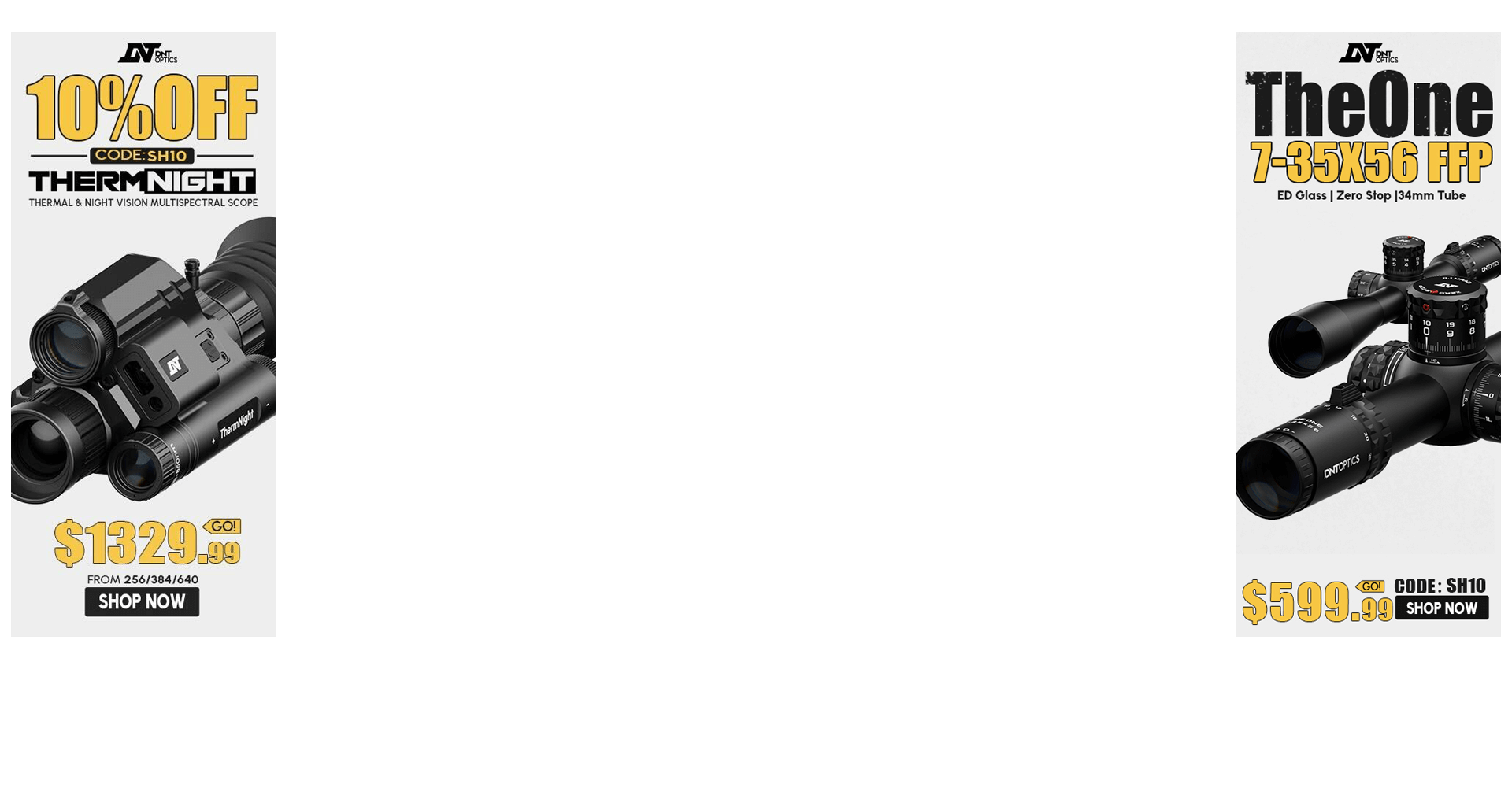For the people that use temperature sensitive powders, do you adjust your charges to the temp of the day you are shooting? I have a load that is salty at the 70-90 degree temperature but once it goes above 100 then it opens up. The higher the temp, the more pressure which equals more speed which is now out of the optimum range. I am sure it will change once temps drop below 40 but here in south texas that will only last for like 2 weeks.
For the trolls:
Yes I can change to a powder that is not as temp sensitive. still not the question.
I use a certain powder for the velocity and groups I get with it.
Yes it could be me having an off day but still not the question.
For the trolls:
Yes I can change to a powder that is not as temp sensitive. still not the question.
I use a certain powder for the velocity and groups I get with it.
Yes it could be me having an off day but still not the question.

